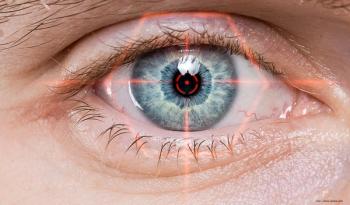
Higher temperatures linked to severity of allergic conjunctivitis
Temperatures measured by a newly developed non-contact ocular surface thermographer (OST) can be used to evaluate the efficacy of topical anti-allergic agents because of the significant correlation of the conjunctival surface temperature and the severity of conjunctival allergic reaction, according to recently published data.
Temperatures measured by a newly developed non-contact ocular surface thermographer (OST) can be used to evaluate the efficacy of topical anti-allergic agents because of the significant correlation of the conjunctival surface temperature and the severity of conjunctival allergic reaction, according to the results of a study published in Ophthalmic Research.
Researchers from Ehime University School of Medicine included 13 asymptomatic patients with seasonal allergic conjunctivitis due to cedar pollen. They instilled a 0.025% levocabastine ophthalmic suspension in one eye and artificial tears in the other eye, in a masked fashion 10 minutes prior to a conjunctival allergen challenge (CAC). A drop of cedar pollen solution was then given into the conjunctival sac to induce an allergic reaction.
The surface temperature of the inferior bulbar conjunctiva was measured before and 30 minutes after CAC with a newly developed non-contact ocular surface thermographer (OST) Slit-lamp biomicroscopy was also used to measure the degree of conjunctival injection and chemosis. A questionnaire was used to evaluate symptoms.
After CAC, temperatures increased by 0.67 °C in the artificial tear eyes, and only by 0.21 °C in the levocabastine eyes (P P P
To access the abstract of this study, click
Newsletter
Get the essential updates shaping the future of pharma manufacturing and compliance—subscribe today to Pharmaceutical Technology and never miss a breakthrough.













































